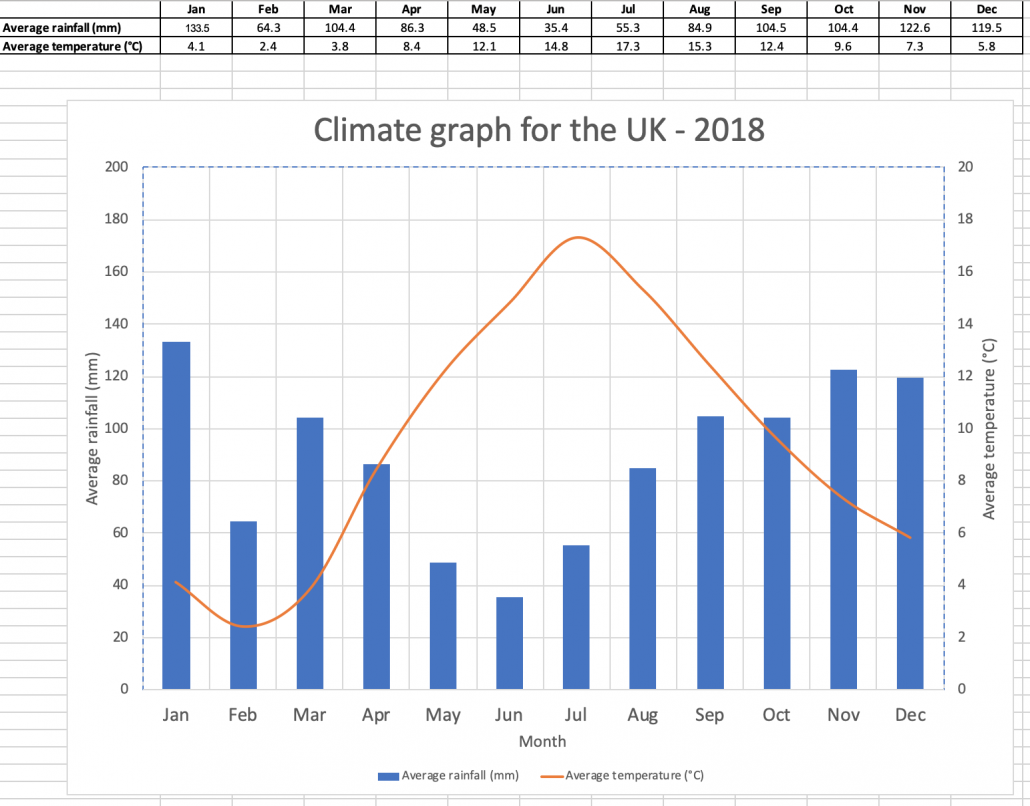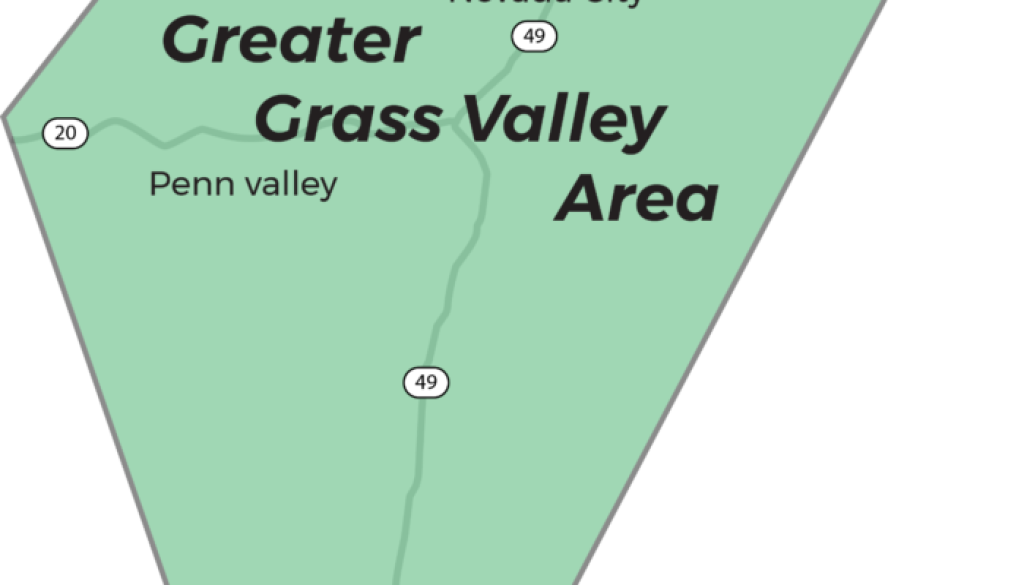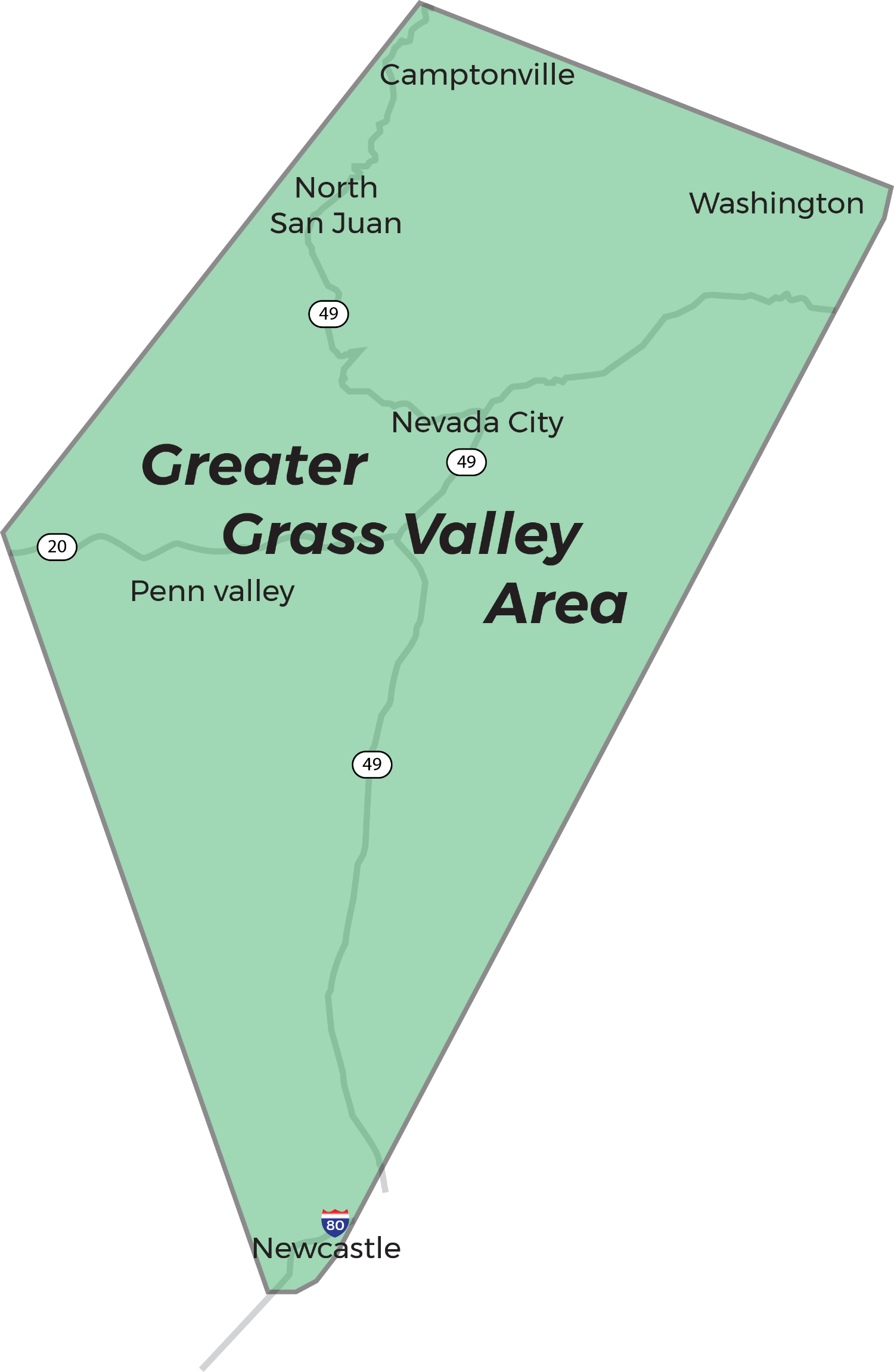Grass Valley Rainfall Total: A Comprehensive Guide To Understanding Precipitation Patterns
Grass Valley rainfall total is a critical factor in understanding the climatic conditions and water resources of this picturesque region in California. Whether you're a local resident, an environmental enthusiast, or someone planning to visit, knowing the rainfall patterns can significantly impact your decisions. This article delves deep into the rainfall data, trends, and implications for Grass Valley.
Rainfall plays a pivotal role in shaping the environment, agriculture, and daily life in Grass Valley. Understanding the total rainfall can help predict water availability, manage resources effectively, and prepare for potential droughts or floods. This knowledge is crucial not only for residents but also for policymakers and environmental scientists.
This article aims to provide a detailed overview of Grass Valley rainfall total, exploring historical data, seasonal variations, and future projections. By the end of this article, you will have a comprehensive understanding of how rainfall impacts the region and what measures can be taken to ensure sustainable water management.
Read also:Ashu Arora The Rising Star In The Tech World
Table of Contents
- Introduction to Grass Valley Rainfall
- Historical Data of Grass Valley Rainfall
- Seasonal Variations in Grass Valley Rainfall
- Impact of Climate Change on Grass Valley Rainfall
- Methods of Data Collection
- Average Grass Valley Rainfall Total
- Record Rainfall Events in Grass Valley
- Precipitation Trends Over the Years
- Implications for Water Resources
- Future Projections for Grass Valley Rainfall
- Conclusion
Introduction to Grass Valley Rainfall
Grass Valley, located in the foothills of the Sierra Nevada, experiences a Mediterranean climate characterized by dry summers and wet winters. The rainfall total in this region is a vital indicator of its climatic health and water availability. Residents and stakeholders rely on accurate rainfall data to plan for agriculture, urban development, and environmental conservation.
The study of rainfall patterns in Grass Valley is essential for understanding how the region copes with seasonal changes and long-term climatic shifts. This introduction sets the stage for a deeper exploration of the data and trends that define Grass Valley's precipitation.
Historical Data of Grass Valley Rainfall
Understanding Past Rainfall Patterns
Historical data of Grass Valley rainfall total reveals fascinating insights into the region's climatic history. Records spanning several decades show fluctuations in annual precipitation, influenced by various natural and anthropogenic factors.
- Annual rainfall averages have varied between 20 to 60 inches over the past century.
- Significant droughts were recorded in the 1920s and 1970s, impacting local water supplies.
- Heavy rainfall events, such as those in the early 2000s, contributed to flooding in some areas.
Data from reliable sources like the National Oceanic and Atmospheric Administration (NOAA) and local meteorological stations provide a comprehensive picture of Grass Valley's rainfall history.
Seasonal Variations in Grass Valley Rainfall
Seasonal Distribution of Rainfall
Grass Valley experiences distinct seasonal variations in rainfall, with most precipitation occurring during the winter months. The summer season, on the other hand, is typically dry, with minimal rainfall.
Key points to note:
Read also:Hans Dobson Rap City The Untold Story Of The Rising Star In The Hiphop Scene
- Winter (December to February) accounts for approximately 60% of the annual rainfall.
- Spring and fall contribute about 30% combined, with spring being slightly wetter.
- Summer rainfall is negligible, often less than 5% of the annual total.
Understanding these seasonal patterns is crucial for water resource management and agricultural planning in the region.
Impact of Climate Change on Grass Valley Rainfall
How Climate Change Affects Rainfall Patterns
Climate change has increasingly become a significant factor influencing Grass Valley rainfall total. Rising global temperatures and altered atmospheric conditions have led to changes in precipitation patterns.
Studies indicate:
- Increased frequency of extreme weather events, such as heavy downpours and prolonged droughts.
- Shifts in the timing of rainfall, with wetter winters and drier summers becoming more common.
- Potential long-term impacts on water availability and ecosystem health.
These changes underscore the importance of adaptive strategies to mitigate the effects of climate change on local precipitation.
Methods of Data Collection
Techniques for Measuring Rainfall
Accurate measurement of Grass Valley rainfall total relies on advanced techniques and equipment. Meteorologists use a combination of traditional and modern methods to collect and analyze rainfall data.
Data collection methods include:
- Rain gauges placed in strategic locations throughout the region.
- Weather radar systems that provide real-time precipitation maps.
- Satellite imagery for monitoring large-scale weather patterns.
These methods ensure comprehensive and reliable data that can be used for research and decision-making purposes.
Average Grass Valley Rainfall Total
Calculating the Annual Average
The average Grass Valley rainfall total is a key metric used to understand the region's climatic conditions. Based on historical data, the average annual rainfall in Grass Valley is approximately 40 inches.
Factors influencing this average include:
- Geographical location within the Sierra Nevada foothills.
- Proximity to the Pacific Ocean, which affects moisture levels.
- Local topography, such as elevation and mountain ranges.
This average provides a baseline for comparing yearly rainfall totals and identifying anomalies.
Record Rainfall Events in Grass Valley
Notable Rainfall Records
Grass Valley has experienced several record-breaking rainfall events over the years, highlighting the variability of its precipitation patterns. These events often have significant impacts on the local environment and infrastructure.
Notable records include:
- The wettest year on record, with over 70 inches of rainfall.
- A single day's record rainfall of 5 inches, causing localized flooding.
- Prolonged dry spells, such as the drought of 1976-1977.
Understanding these records helps prepare for future extreme weather events.
Precipitation Trends Over the Years
Analyzing Long-Term Trends
Precipitation trends in Grass Valley reveal valuable insights into the region's climatic evolution. Long-term data analysis shows both cyclical patterns and gradual changes influenced by climate change.
Key trends observed:
- Increased variability in annual rainfall totals.
- A shift towards more intense rainfall events.
- Longer dry periods during summer months.
These trends emphasize the need for adaptive water management strategies.
Implications for Water Resources
Impact on Local Water Supplies
Grass Valley rainfall total directly affects the availability and quality of water resources in the region. Adequate rainfall ensures sufficient water for domestic use, agriculture, and wildlife habitats.
Challenges include:
- Drought conditions leading to water shortages.
- Flooding during heavy rainfall events, causing damage to infrastructure.
- Water quality issues arising from runoff and pollution.
Effective water resource management is essential to address these challenges.
Future Projections for Grass Valley Rainfall
Predicting Future Rainfall Patterns
Future projections for Grass Valley rainfall total are based on climate models and historical data analysis. These projections aim to forecast potential changes in precipitation patterns over the coming decades.
Expected outcomes:
- Continued variability in annual rainfall totals.
- Increased frequency of extreme weather events.
- Potential shifts in seasonal rainfall distribution.
These projections inform policymakers and stakeholders in planning for sustainable water management practices.
Conclusion
Grass Valley rainfall total is a critical factor in understanding the region's climatic conditions and water resources. This article has explored historical data, seasonal variations, climate change impacts, and future projections to provide a comprehensive overview of Grass Valley's precipitation patterns.
Key takeaways include:
- Historical rainfall data reveals significant fluctuations over time.
- Seasonal variations emphasize the importance of winter rainfall.
- Climate change is altering precipitation patterns, necessitating adaptive strategies.
We invite you to share your thoughts and experiences in the comments section below. Additionally, explore other articles on our site for more insights into environmental topics. Together, we can work towards a sustainable future for Grass Valley and beyond.


